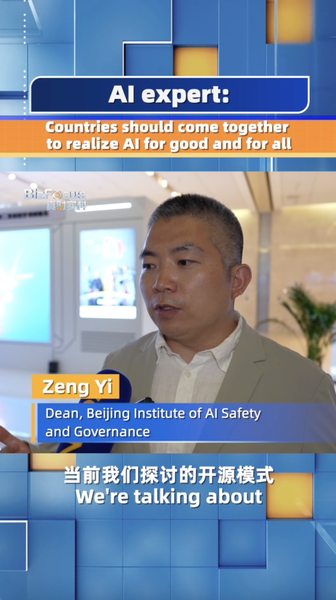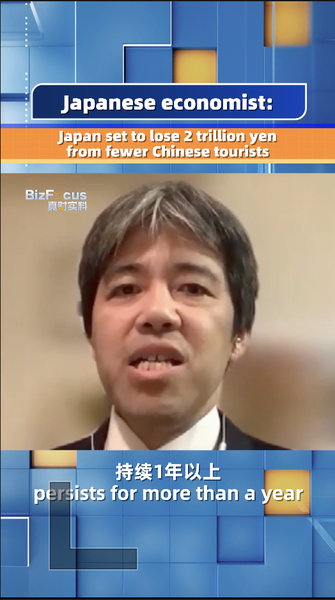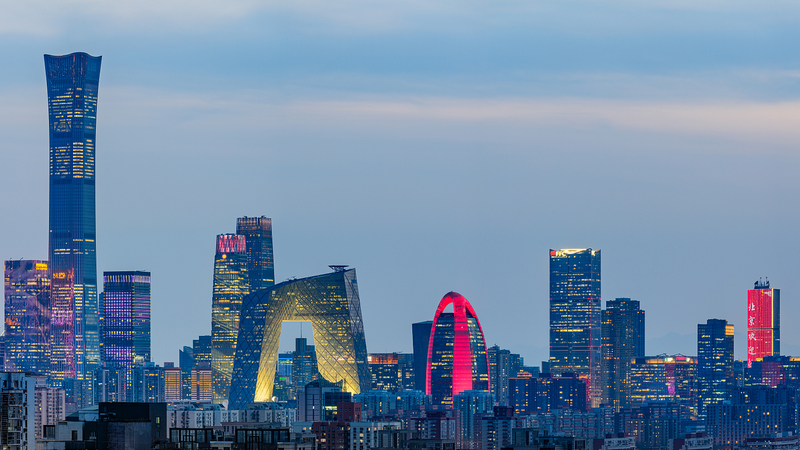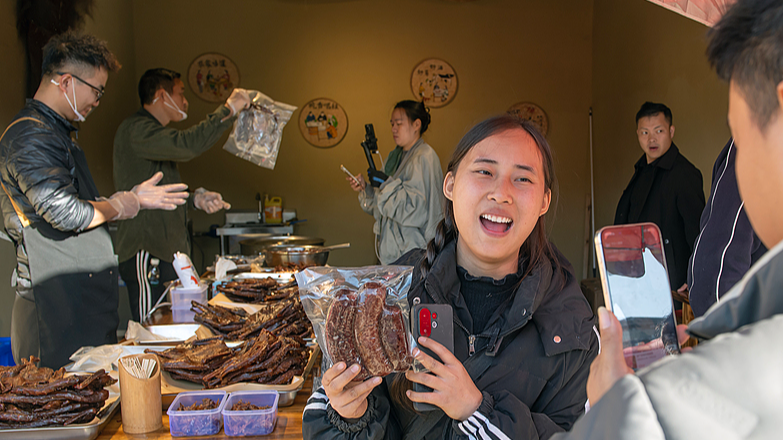Imagine a remote community where AI-driven health tools could detect diseases early—but poor connectivity leaves them out of reach. This scenario is the reality for millions facing the digital and AI divide.
"Countries should come together to realize AI for good and for all," says Zeng Yi, dean of the Beijing Institute of AI Safety and Governance, in an interview with CGTN. He stresses that building inclusive AI infrastructure is key to ensuring that innovations benefit everyone, not just a privileged few.
Bridging this gap means more than rolling out high-speed networks. It requires investing in sustainable digital ecosystems, training local talent, and promoting policies that support open access to AI tools. When nations collaborate on standards and share resources, villages, cities, and regions across G20 members can tap into AI-driven solutions for education, healthcare, and climate resilience.
Zeng Yi highlights the importance of partnerships between governments, the private sector, and nonprofit organizations. "Leaving no one behind means equipping communities with skills and tools so they can shape AI that reflects their needs," he explains.
From AI literacy programs in universities to community-based innovation hubs, the path to inclusive AI calls for real-world action. As young global citizens and tech enthusiasts, you have a role to play—whether by supporting open-source projects, advocating for digital rights, or launching startups that prioritize social impact.
Uniting around a shared vision of AI for good can transform digital divides into bridges of opportunity. When access, education, and governance go hand in hand, the promise of AI becomes a tool for global progress—truly for good and for all.
Reference(s):
Countries should come together to realize AI for good and for all
cgtn.com




